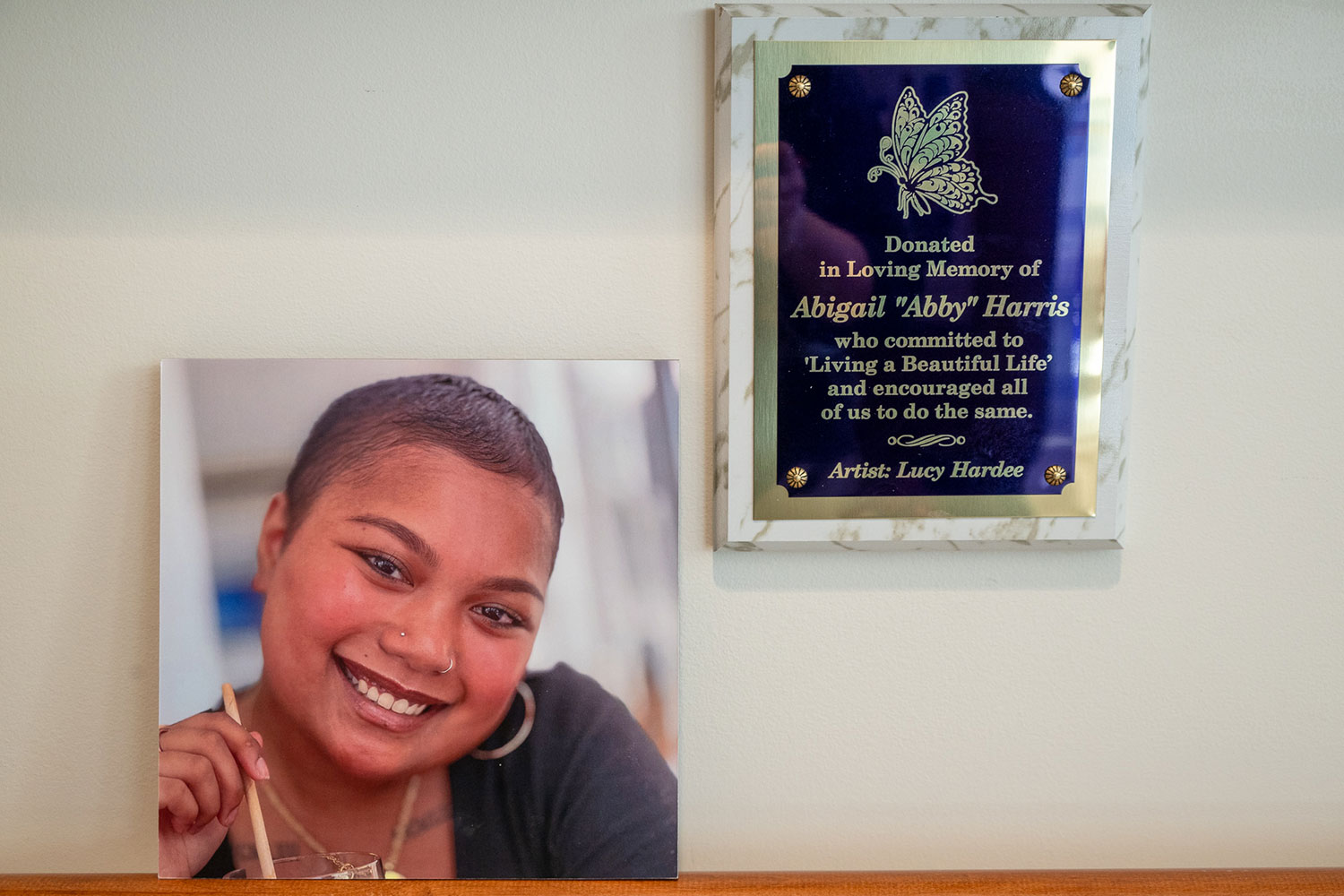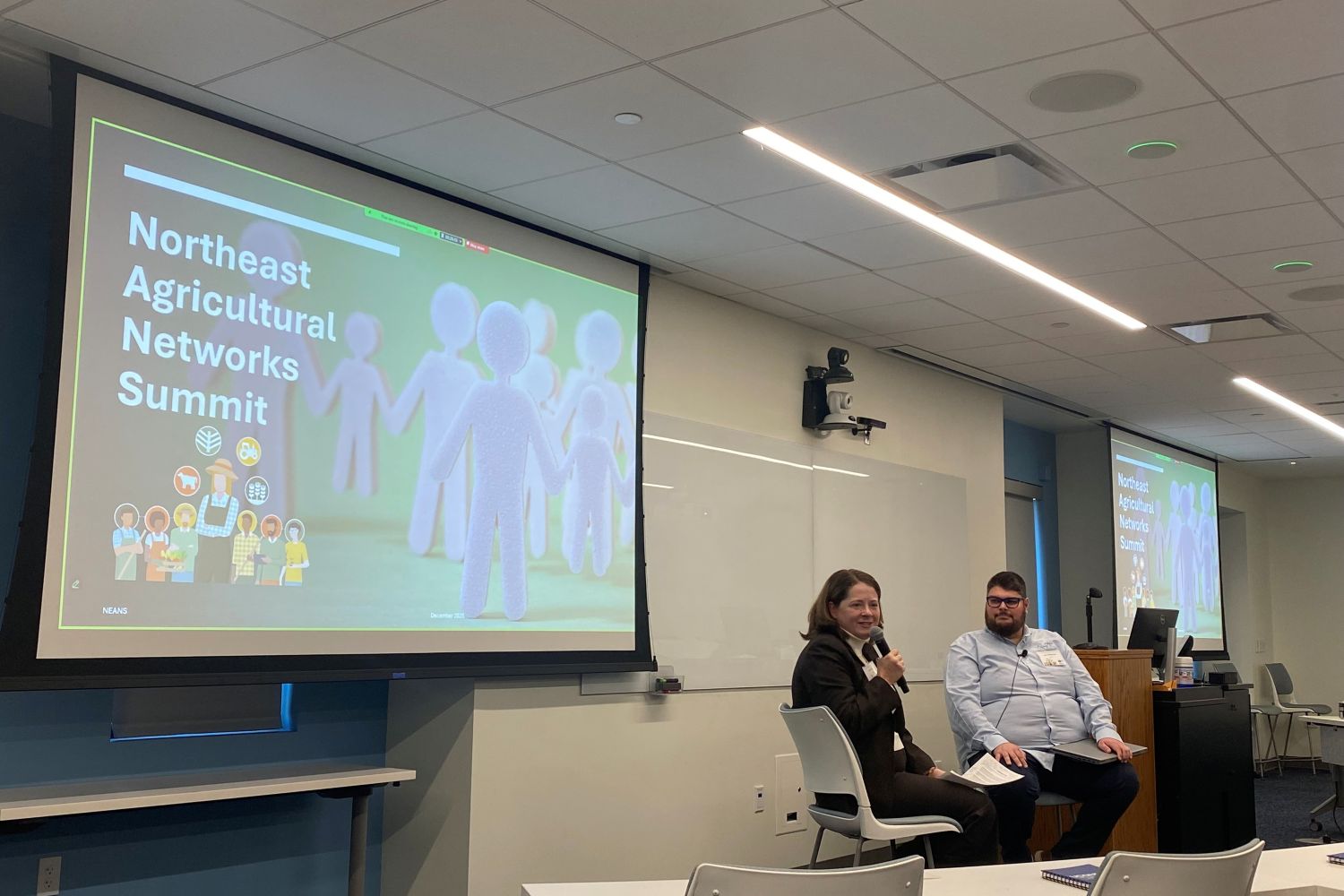It takes years of perseverance and patience to bring a new plant cultivar to market. Mark Brand, professor in the Department of Plant Science and Landscape Architecture, has what it takes to plod through this lengthy process. To date, his lab has introduced twenty-seven new cultivars and currently has about a half dozen others in trials, of which he is optimistic several will be licensed in the next year or two.
The first step in launching a new cultivar is choosing a particular species of plant. Some ideas come from grower suggestions, others from a specific need. The latter was the case for Berberis (barberry), a plant that used extensively in commercial landscaping that had become an invasive. Brand developed a sterile version of the plant. Other new plant cultivars come about when an unusual seedling or plant habit is observed, such as a different growth pattern or color, presenting an opportunity to produce something special.
“Occasionally, you find these serendipitous things about a plant,” Brand says. “We originally started working on Buddleia[butterfly bush] because we wanted a sterile version. In Connecticut overwintering Buddleia can be problematic, but in milder climates butterfly bush can be weedy and invasive. With Buddleia, that was our original tactic. But our mutation breeding program produced a dwarf mutant that had a cool form and habit but so-so flower color, so we bred it with other cultivars with strong flower color to get dwarf plants in a range of colors. These plants have been introduced as the Better Homes and Gardens Soda Pop series.” The same mutation breeding program also produced the variegated ‘Summer Skies’ butterfly bush that is part of the Proven Winners® program.


